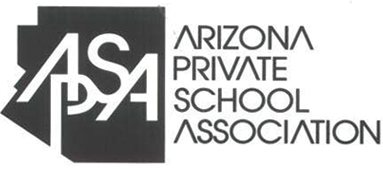Brakes are one of the fundamental components of any motor vehicle. Air brakes are the type of brake most commonly used by commercial motor vehicles (CMV) like tractor-trailers, trucks, and buses. This high-power braking system is a reliable and practical alternative to the hydraulic brakes found in other motor vehicles. To ensure the air brakes on your semi-truck operate safely, you must first understand how they function, so read on to learn how air brakes work in your CMV.
Air Brake System Operations
Air brakes use compressed air instead of the hydraulic fluid used in passenger cars. This system provides an unlimited air supply and eliminates fluid leaks in CMVs, keeping truckers safe while transporting tens of thousands of pounds of freight.
In an air brake system, an engine-mounted compressor pressurizes the air. The compressor pumps the pressurized air into tanks that store it until needed. When a driver presses the brake pedal, the air travels through a chamber and triggers a mechanism to apply pressure to the brake drum. This mechanism slows the vehicle to a stop.
Air brake systems also use air pressure to actively hold back large springs that enable an emergency brake. These brakes will engage automatically if the system loses pressure due to an air leak.
Air Brake Components in Semi-Trucks
Many parts come together to make an air brake system work. To help you better understand its function, we broke up the system into its components.
- Air Compressor: The air compressor is the main component of an air brake system. It compresses the air to the desired pressure, then transfers it to the storage tank.
- Storage Tank: The storage tank stores compressed air at high pressure.
- Brake Pedal: The brake pedal is the mechanical linkage that initiates the brake application, operated by drivers inside the commercial vehicle.
- Brake Actuator: The brake actuator is a piston-cylinder mechanism connected directly to the brake pedal. When a driver presses the pedal, this mechanism creates pressure.
-
- Brake Drum: The brake drum is mounted on the vehicle’s tires and performs the braking action.
- Braking Lines: Braking lines, also known as supply lines, transfer compressed air from the storage tank to the brake drum.
- Triple Valve: The triple valve has three primary applications: charging air into the storage tank, applying pressure to the brakes when the braking line pressure drops, and releasing the pressure from the brakes after the stop is complete.
- Air Filter/Dryer: The air filter removes dust particles from the atmospheric air, while the dryer removes moisture and humidity.
- Dirt Collector: The dirt collector is a small device used to collect dirt particles that the air filters separate.
- Safety Value: The safety valve attaches to the storage tank to prevent it from bursting. The valve releases some air when the pressure reaches a certain value.
Ready to Start a Career in Trucking?
The first step toward a rewarding trucking career is earning your commercial driver’s license (CDL) from a reputable truck driving school. At HDS Truck Driving Institute, we offer financial assistance, accelerated and expanded programs, and employment assistance. You can complete your CDL training in as little as four weeks at our accredited school.










